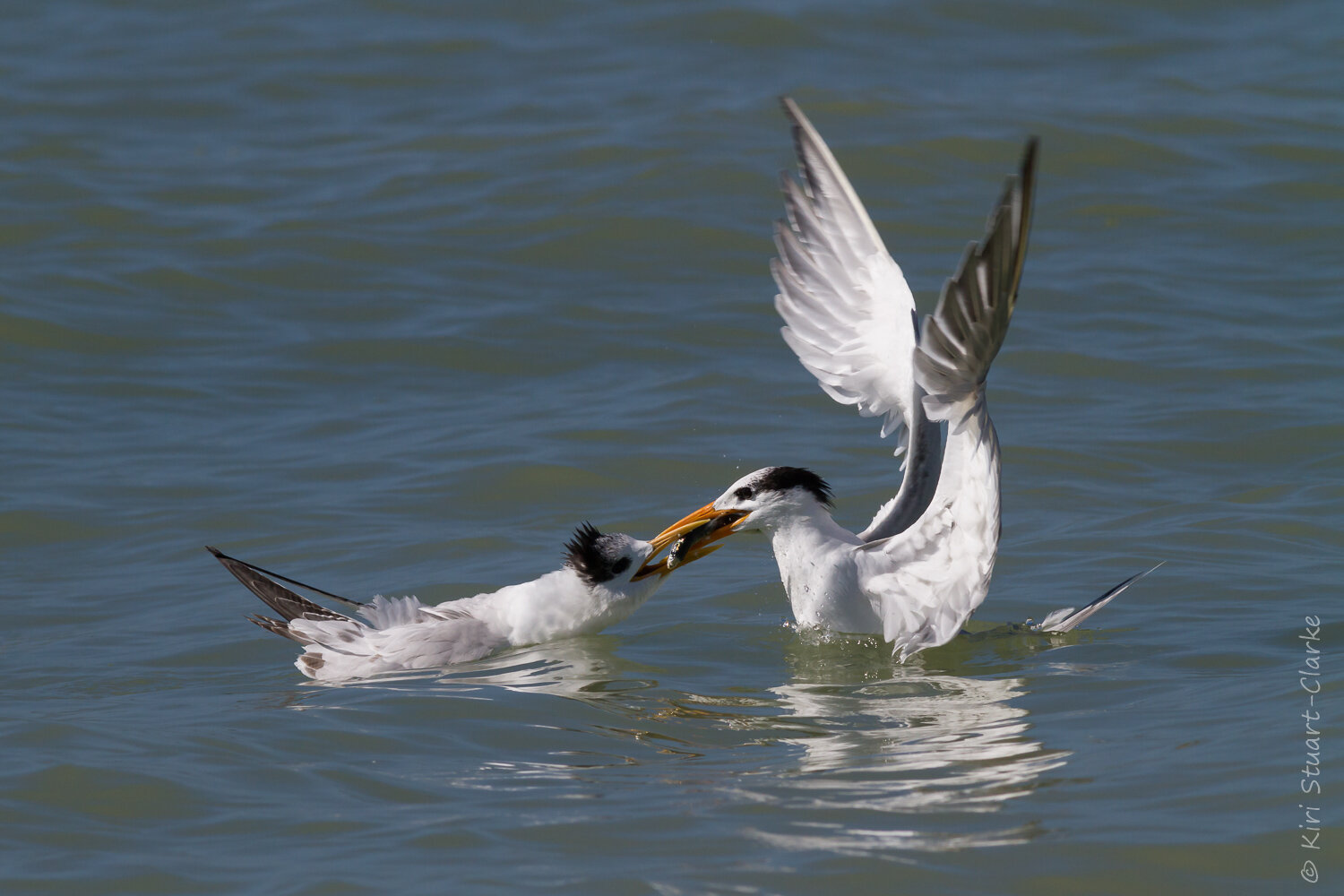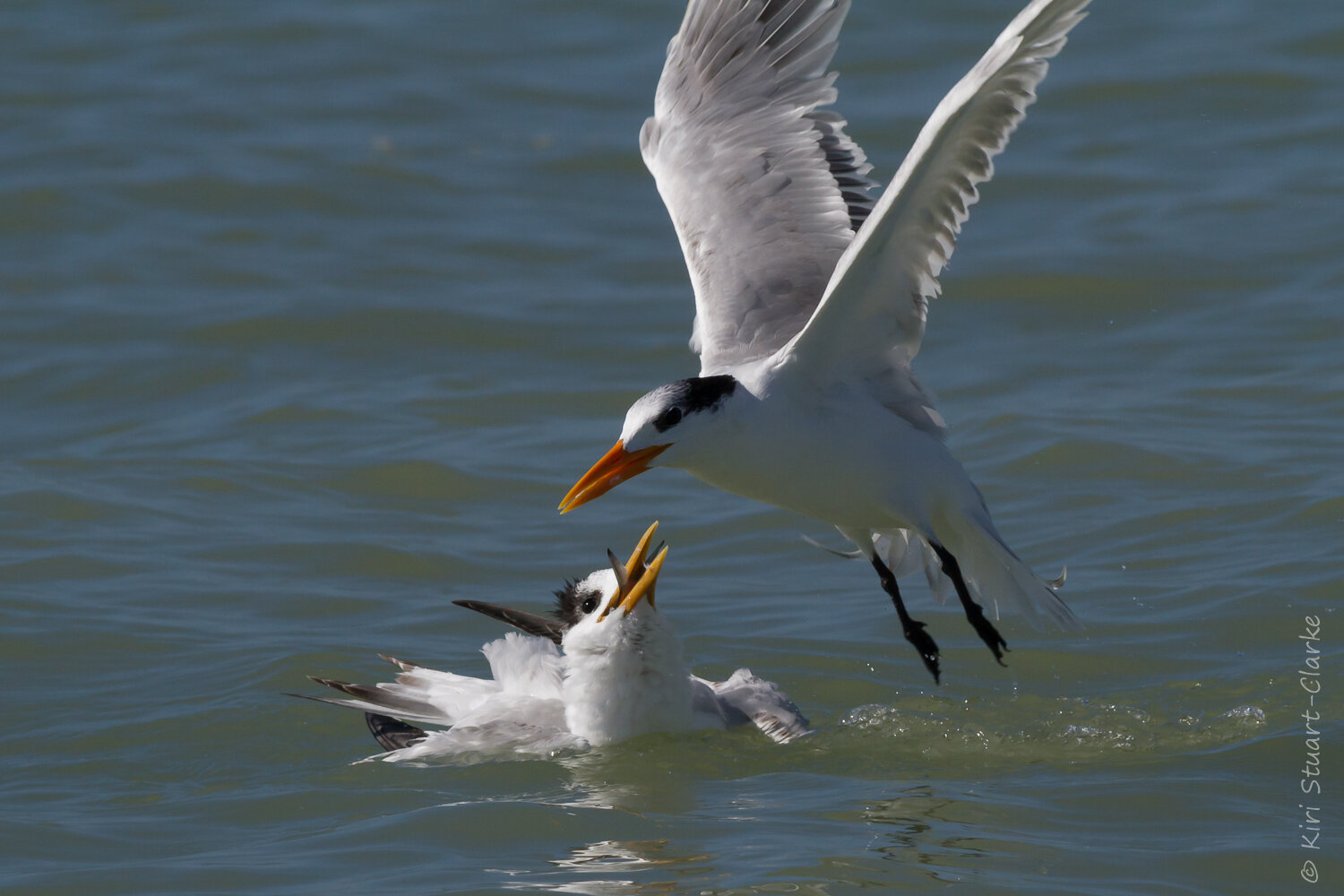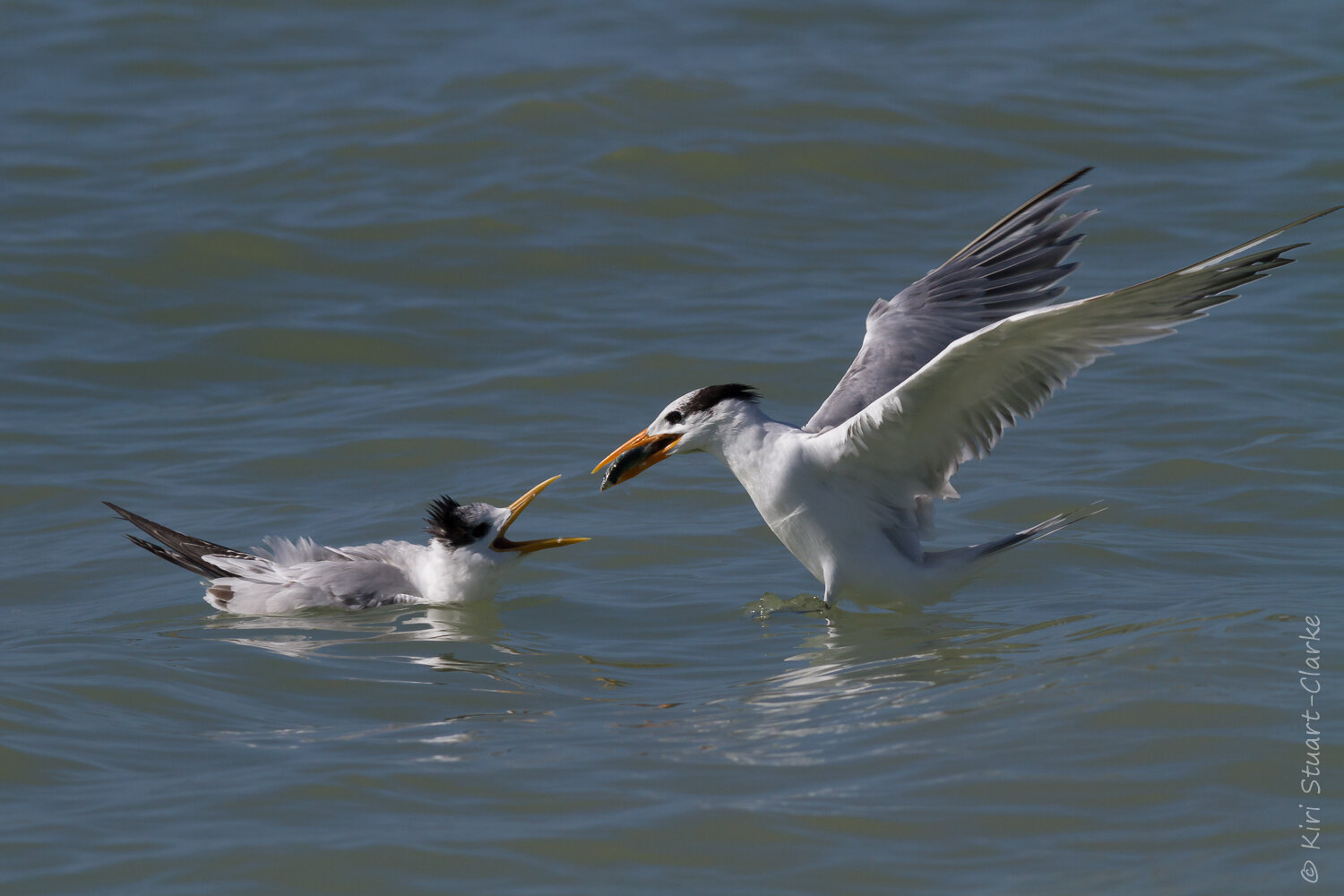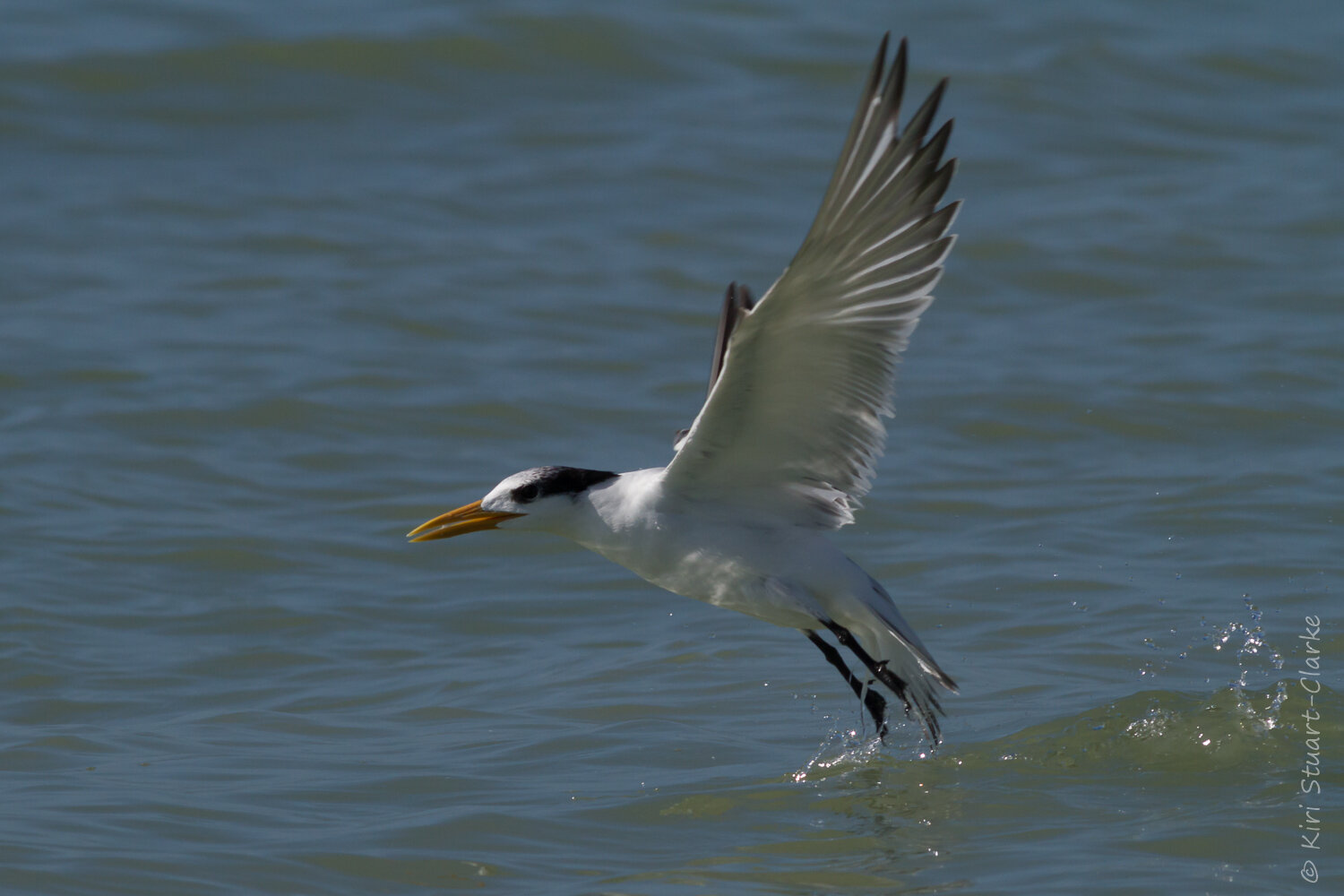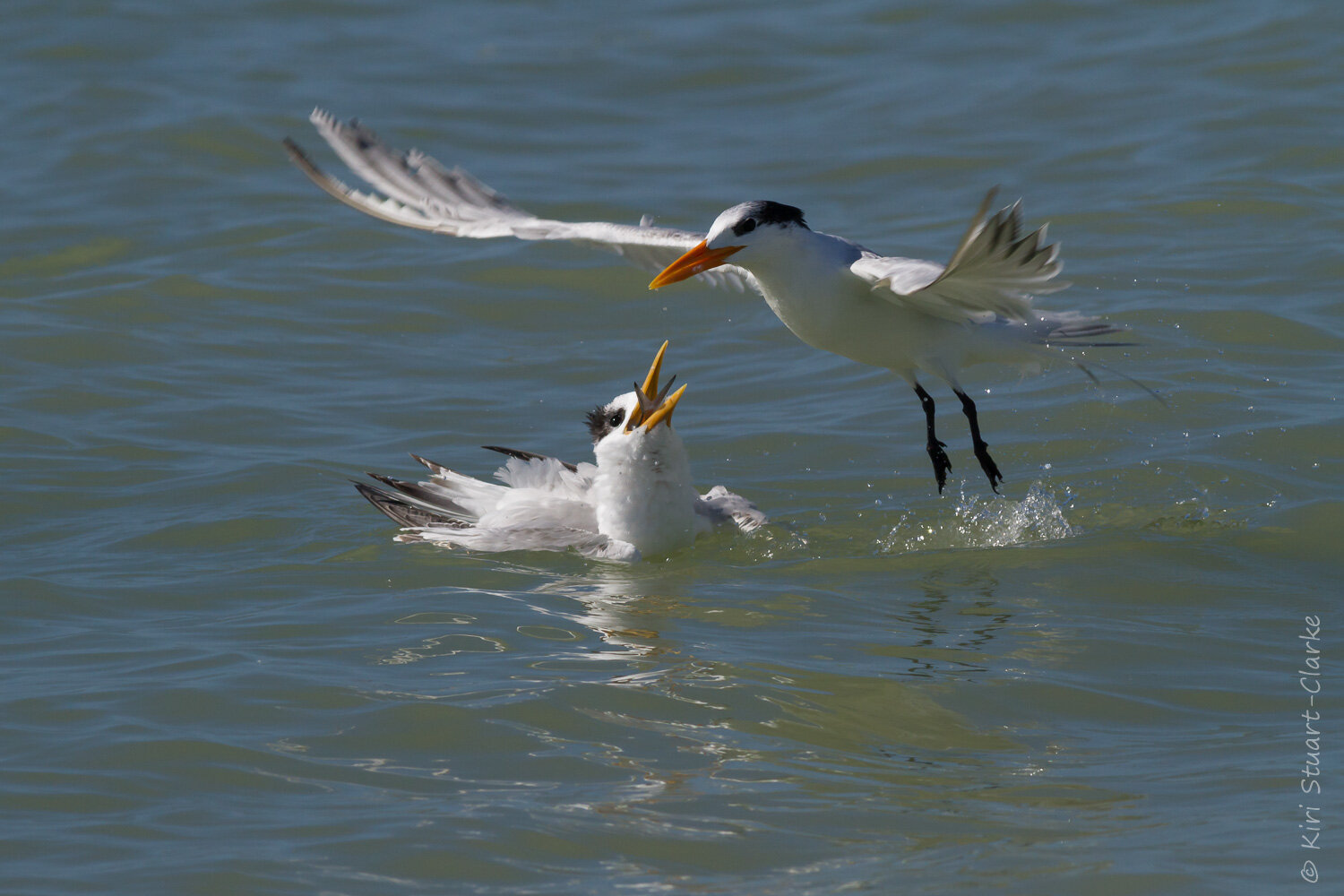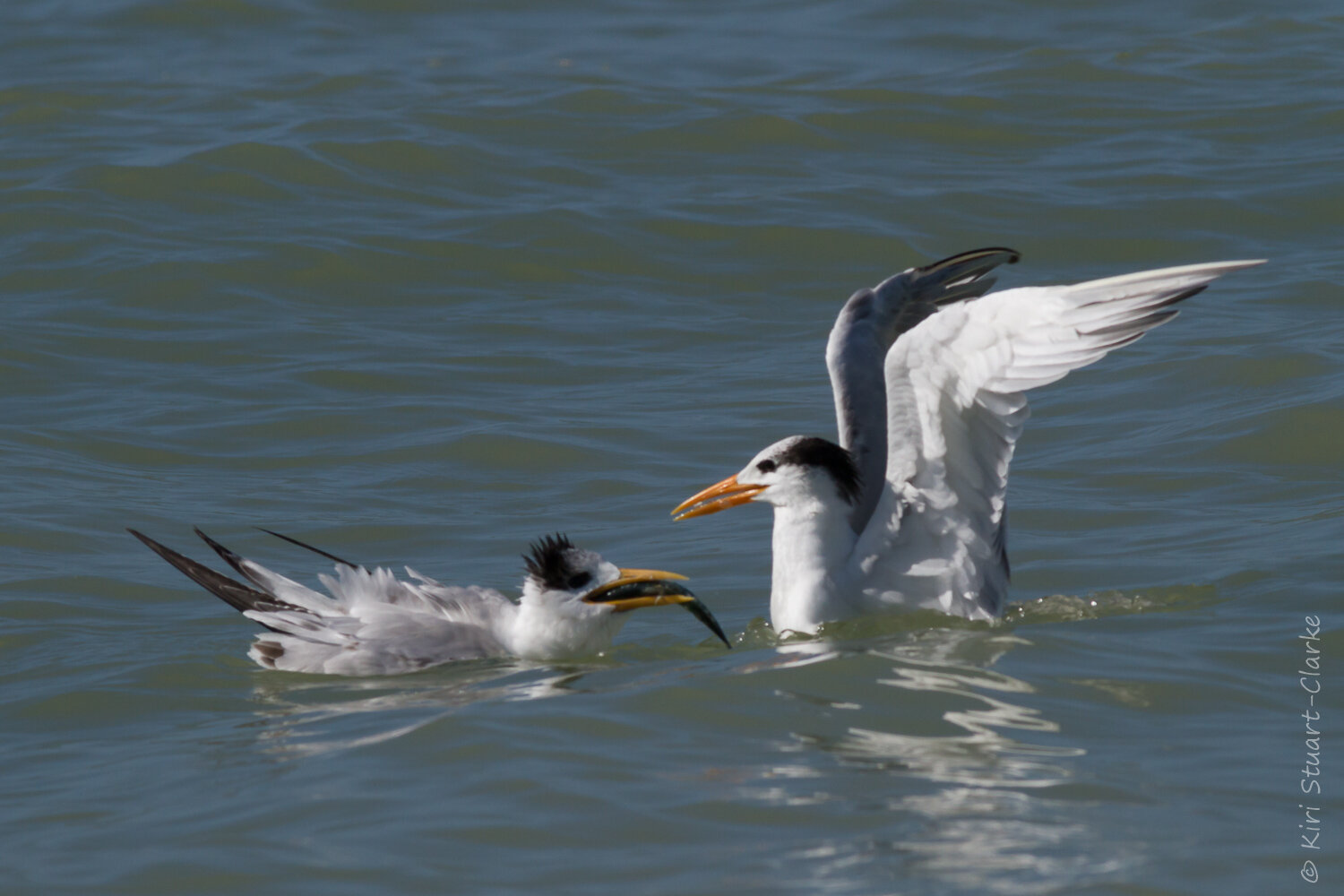We've had an exceptionally mild winter so far, but in December 2010 Britain was covered in snow. This photo of an adult Ural Owl on a snow covered branch was taken at the Hawk Conservancy Trust mid last Decmber. Ural Owls are predominately creatures of the northern boreal forests and very used to snow, though there are smaller Ural Owl populations in the mountain forests of Southern Europe. They are closely related to Tawny Owls; both species are highly territorial and have a fierce reputation for aggressive behaviour.
Ural Owl, Strix uralensis, perched on a snowy branch
Since my wintery Ural Owl shot was taken, I have been fortunate enough to see and observe (from a safe distance!) an adult Ural Owl watching over its young fledgling in the mosquito-drenched Finnish midsummer.
Ural Owl chick in the Finnish forest

